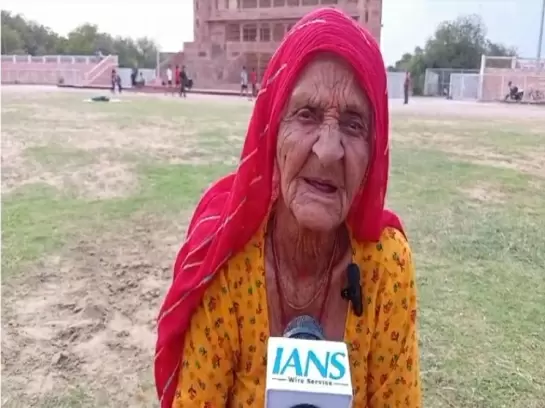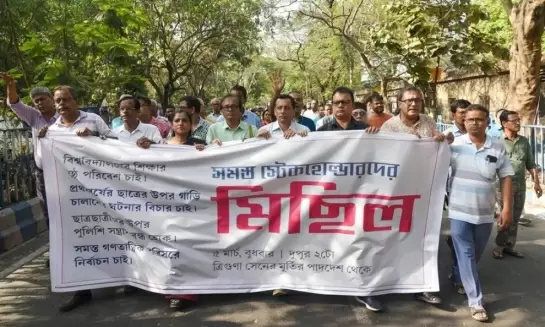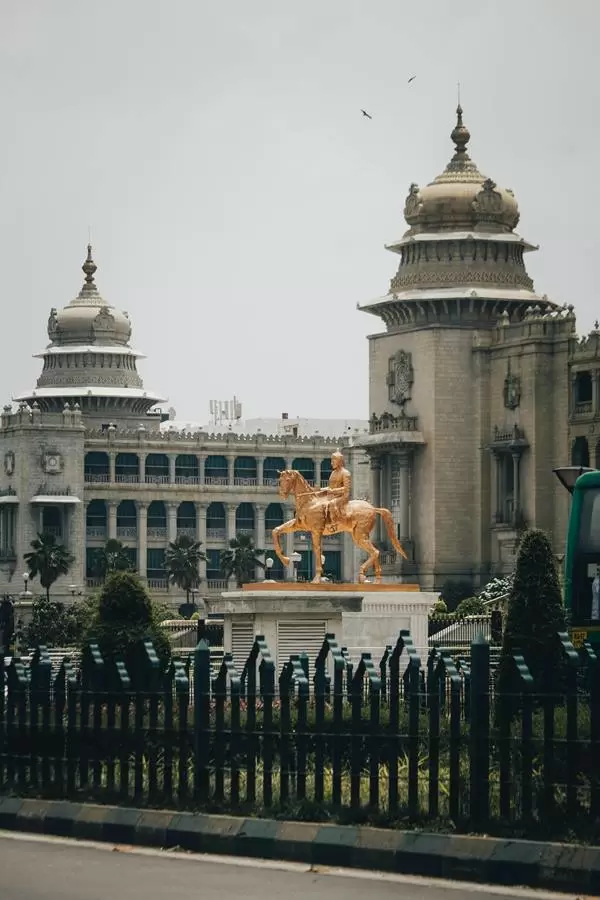Thol, Sultanpur among 4 wetlands to get Ramsar tag
New Delhi
14-August-2021

Photo:IANS
Two wetlands each from Gujarat and Haryana have received recognition as Ramsar sites, taking the total number of such protected biodiversity sites in India to 46.
The surface area covered by these sites is now 1,083,322 hectares. While Haryana gets its first Ramsar sites, Gujarat now has three after Nalsarovar which was declared in 2012, a release from the Ministry of Environment, Forests and Climate Change said on Saturday.
The aim of the Ramsar list is "to develop and maintain an international network of wetlands which are important for the conservation of global biological diversity and for sustaining human life through the maintenance of their ecosystem components, processes and benefits," it said.
Wetlands provide a wide range of important resources and ecosystem services such as food, water, fibre, groundwater recharge, water purification, flood moderation, erosion control and climate regulation. They are, in fact, a major source of water and our main supply of freshwater that comes from an array of wetlands which help soak rainfall and recharge groundwater.
Expressing happiness at the development, Yadav stated it is Prime Minister Narendra Modi's special concern for the environment which has led to overall improvement in how India cares for its wetlands.
Bhindawas Wildlife Sanctuary, the largest wetland in Haryana is a human-made freshwater wetland. Over 250 bird species use the sanctuary throughout the year as a resting and roosting site. The site supports more than 10 globally threatened species, including the endangered Egyptian Vulture, Steppe Eagle, Pallas's Fish Eagle, and Black-bellied Tern.
Watch This TWL Video
Sultanpur National Park from Haryana supports more than 220 species of resident, winter migratory and local migratory waterbirds at critical stages of their life cycles. More than 10 of these are globally threatened, including the critically endangered sociable lapwing, and the endangered Egyptian Vulture, Saker Falcon, Pallas's Fish Eagle and Black-bellied Tern.
Thol Lake Wildlife Sanctuary from Gujarat lies on the Central Asian Flyway and more than 320 bird species can be found here. The wetland supports more than 30 threatened waterbird species, such as the critically endangered White-rumped Vulture and Sociable Lapwing, and the vulnerable Sarus Crane, Common Pochard and Lesser White-fronted Goose.
Wadhvana Wetland from Gujarat is internationally important for its birdlife as it provides wintering ground to migratory waterbirds, including over 80 species that migrate on the Central Asian Flyway. They include some threatened or near-threatened species such as the endangered Pallas's fish-Eagle, the vulnerable Common Pochard, and the near-threatened Dalmatian Pelican, Grey-headed Fish-eagle and Ferruginous Duck.
"The Ministry of Environment, Forest & Climate Change would be working closely with the State Wetland Authorities to ensure the wise use of these sites," the release stated.-IANS
More Headlines
Row Over Aurangzeb's Tomb: Nagpur Flare-Up Occurred After Hours Of Mayhem In Mahal
Curfew Imposed in Nagpur After Clashes, 50 Detained
Manglam Group Invests ₹1,000 Crore in Hospitality Expansion Across Rajasthan
Chai Kings Secures ₹24 Crore Series A Funding from AVT for Expansion
Amritsar Temple Blast: One Suspect Shot Dead, Another on the Run
Row Over Aurangzeb's Tomb: Nagpur Flare-Up Occurred After Hours Of Mayhem In Mahal
Curfew Imposed in Nagpur After Clashes, 50 Detained
Manglam Group Invests ₹1,000 Crore in Hospitality Expansion Across Rajasthan
Chai Kings Secures ₹24 Crore Series A Funding from AVT for Expansion
Amritsar Temple Blast: One Suspect Shot Dead, Another on the Run










